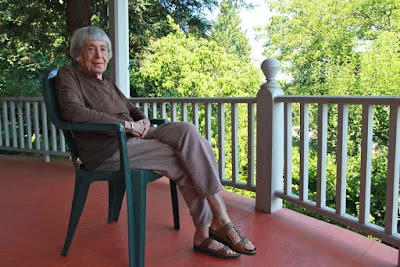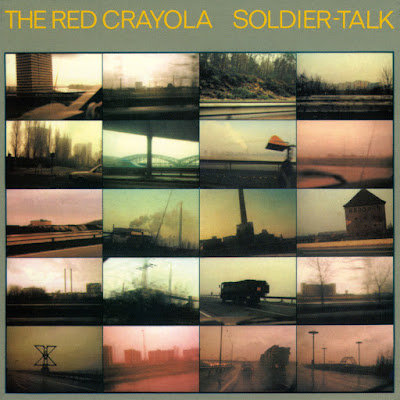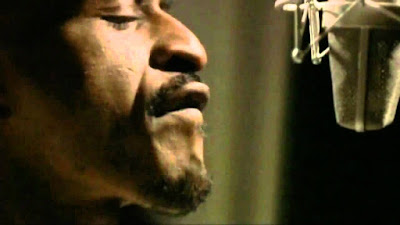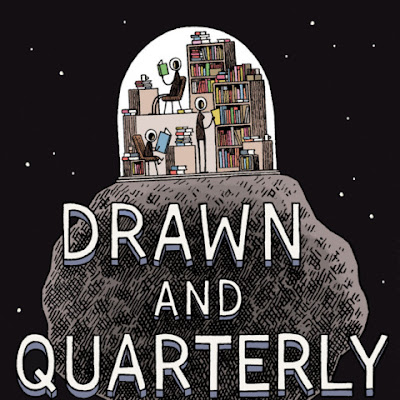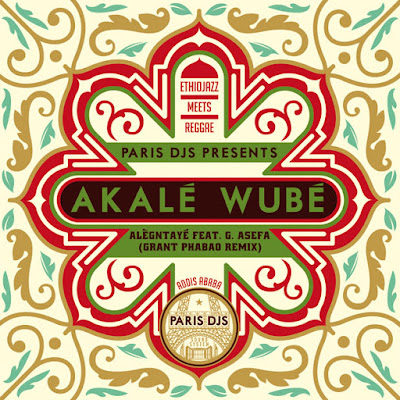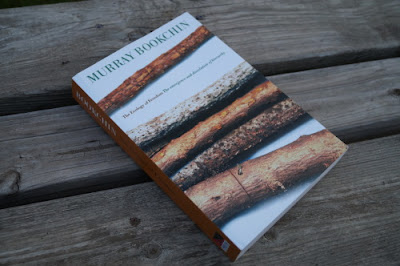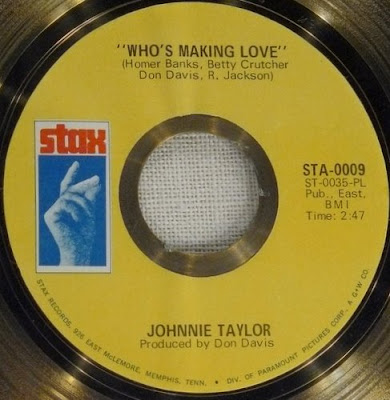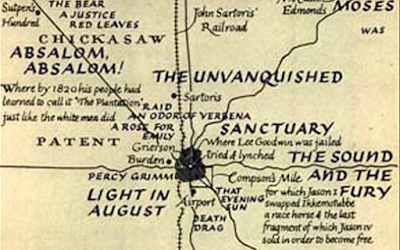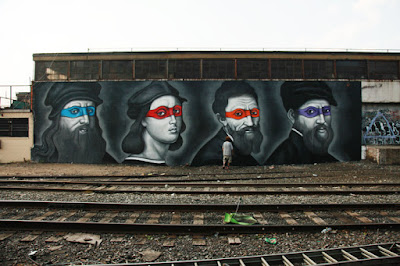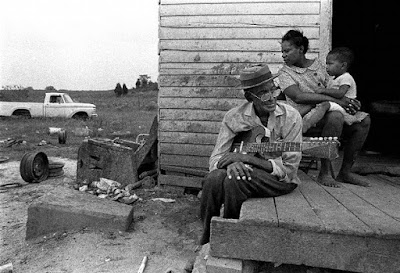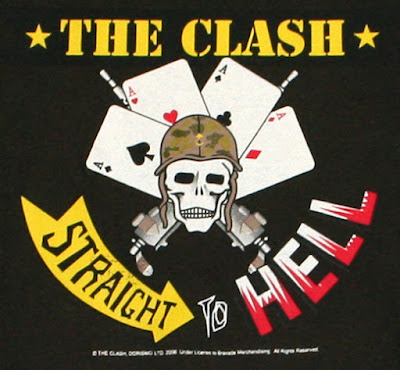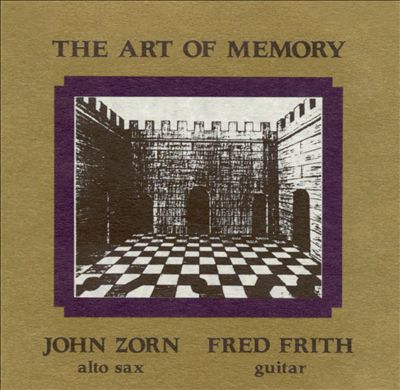
Wikipedia - "'Let's Spend the Night Together' is a song written by Mick Jagger and Keith Richards, and originally released by The Rolling Stones as a double A-sided single together with 'Ruby Tuesday' in 1967. ... Johns recounts that while mixing 'Let's Spend the Night Together', Oldham was trying to get a certain sound by clicking his fingers. Two policemen showed up, stating that the front door was open and that they were checking to see if everything was all right. At first, Oldham asked them to hold his earphones while he snapped his fingers but then Johns said they needed a more wooden sound. The policemen suggested their truncheons and Mick Jagger took the truncheons into the studio to record the claves-like sound that can be heard during the quiet break at one minute 40 seconds into the song. ..."
W - "Let's Spend the Night Together"
W - "Ruby Tuesday"
YouTube: "Let's Spend the Night Together", "Ruby Tuesday"
2015 August: Exile on Main Street (1972)

